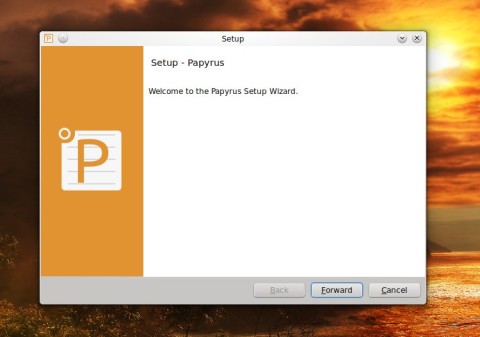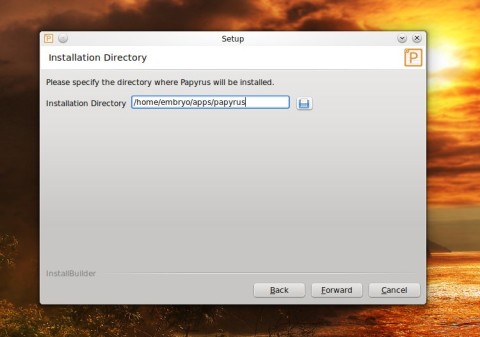Linux doesn’t lack notes-taking applications at all, and Papyrus comes as a new addition to the large number of such programs.
Papyrus is a new, free, GPL3-licensed notes-taking application which tries to put emphasis on simplicity, with a clean, minimal interface, support for tabs, labels, and a few options to customize it. The first version, 1.0.0, is based on Qt 5 and was released earlier today.
Papyrus is a fork of Kaqaz Note Manager, with focus on the user interface and the goal of making it more intuitive and faster than Kaqaz.
Papyrus is a different note manager which is focusing on Security, Better user interface. Papyrus are trying to provide an easy to use and smart user interface for users.
Other features of Papyrus are notes-sorting, searching, syncing, to-do lists and a back-up and restore system.
Papyrus provides a clean, minimal interface with enough space to focus on the writing:
The feature list on Qt-Apps.org is rather comprehensive:
- Notes management by means of labels and categories
- Sorting notes by day
- A user-interface different from other applications
- Advance and Smart searching in notes
- To-Do papers
- Backing up notes
- Encrypted synchronization via Dropbox among all your devices
- Supporting left-to-right and right-to-left languages
- Sharing papers with other applications
- Assigning password for protecting notes
- Attach map and weather to note informations automatically
- Attaching photos, audio files and folders to any note
- Search on papers by location
- Capability of running and sync data on all operating systems (Android, Windows, Linux, Mac and soon other operating systems)
- Papyrus is a free software.
- Canvas for painting
- Search on papers using weather and temperature, your notes wrote.
- Can move data to sd-card (on old phones)
- Status and statistics page for notes
- Synchronizing files
Install Papyrus in Ubuntu 14.04/14.10 and Mint 17/17.1
The official homepage provides installers as RUN files for both 32-bit and 64-bit. The packages are graphical installers which don’t need root access, so you can install it anywhere you have write permissions, and then run the papyrus binary from within the papyrus sub-folder of the root installation directory.
Download the one for your architecture, change its permissions to executable and run it – since it’s a graphical install, you can double-click it in your file browser or type in a terminal:
chmod 755 papyrus-1.0.0-linux-x64-installer ./papyrus-1.0.0-linux-x64-installer
Here are a few screenshots of the installer:
There is a note taking app of the same name, Papyrus, for Android devices. [see http://papyrusapp.com/ ], I don’t find any relationship between these two apps other than they share a name. It would be wonderful if they could interact such that notes created on my tablet or phone could be shared to my laptop or desktop, modified, and shared back to the phone or tablet. One can dream. ~~~ 8d;-Dan
Well actually there is an official Papyrus android application : http://aseman.co/en/products/papyrus/








